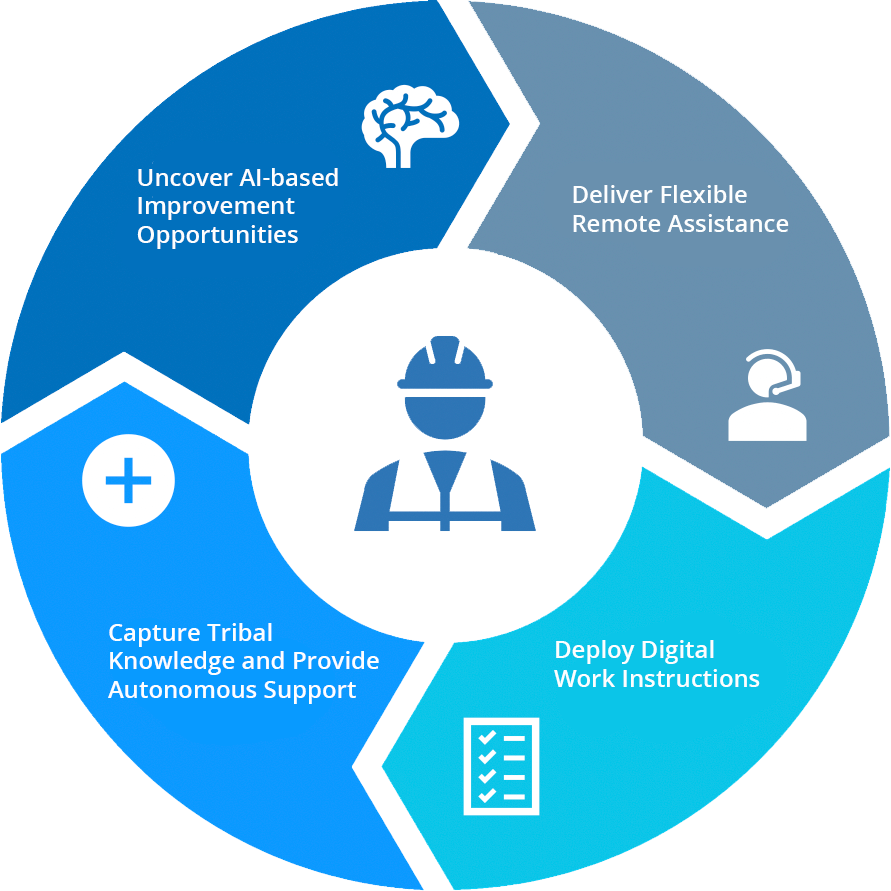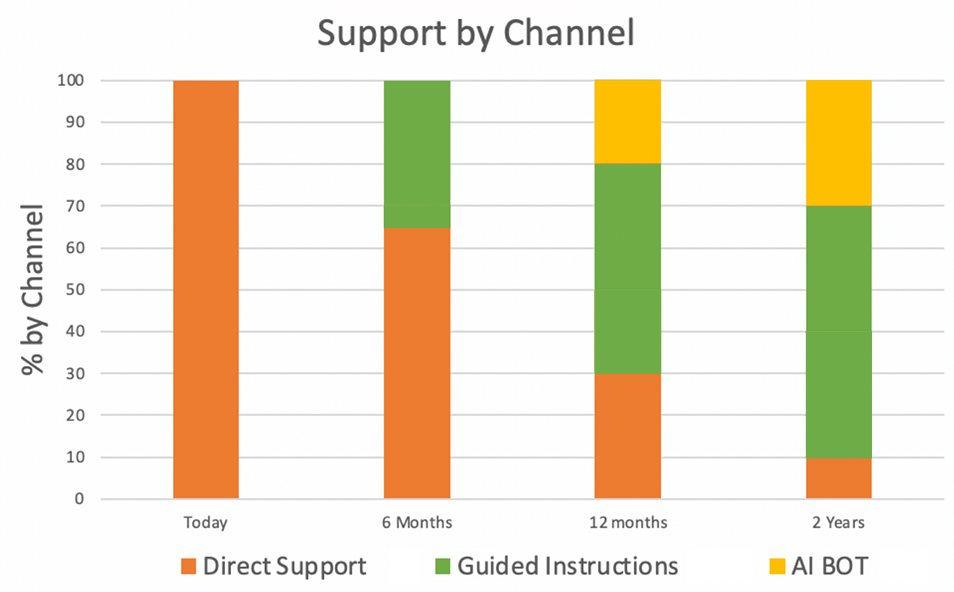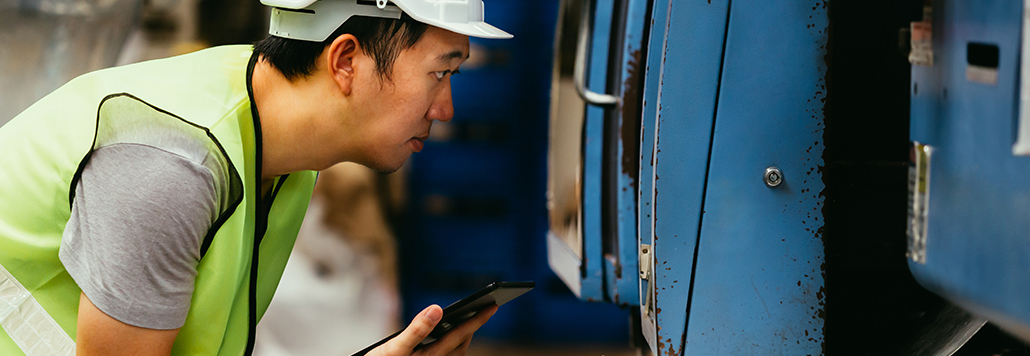Prior to Augmentir, our founding team was involved in founding Wonderware Software in 1987, Lighthammer in 1997, and ThingWorx in 2008. In 2017, we recognized that the technology and market forces were aligned yet again, for a fourth industrial software revolution. A revolution that focused on increasing the productivity and quality of processes involving front-line workers.
National Roots Day is celebrated on December 23rd as a chance to celebrate one’s history, heritage, and ancestry. It’s often said that a combination of each person on one’s family tree helps to shape them into the person they are today.
At Augmentir, we agree that the past is important, and it has definitely shaped Augmentir into the company it is today. This year, we’re using National Roots Day to reflect on our history and how Augmentir came to be the modern Connected Worker platform that you use and trust today. The Augmentir founding team, Russ Fadel, Phil Huber, and Lawrence Fan, has been at the forefront of the most important software technology revolutions. Prior to Augmentir, our founding team was involved in founding Wonderware Software in 1987, Lighthammer in 1997, and ThingWorx in 2008.
In 2017, the founders of Augmenir recognized that the technology and market forces were aligned yet again, for a fourth industrial software revolution. A revolution that focused on increasing the productivity and quality of processes involving front-line workers.
Transforming How Machines Run
In 1987, Wonderware transformed how machines run, with the introduction and mass commercialization of Human-Machine Interface software. Wonderware enabled the first software-based industrial revolution and is still in evidence today by Wonderware’s continued leadership position.
Revolutionizing the Factory Floor
In 1997, Lighthammer transformed manufacturing yet again with the introduction of the first Enterprise Manufacturing Intelligence platform. Lighthammer revolutionized the factory floor by bringing both real-time intelligence and live synchronization with the ERP software layer. This enabled the second software-based industrial revolution and is still evidenced today by the ubiquity of this software (currently under the SAP MII brand).
Catalyzing the Industrial Internet of Things (IIoT)
In 2008, ThingWorx catalyzed the Industrial Internet of Things (IIoT) with the introduction of the first application platform for IIoT. ThingWorx transformed both manufacturing and service, becoming synonymous with Industrie 4.0/Brilliant factory, and Connected Service. This enabled the 3rd software-based industrial revolution and is still evidenced today by the ubiquity of IIoT software and the market leadership of PTC’s ThingWorx brand.
Today, at Augmentir, we are continuing this trend of bringing innovative software into the manufacturing sector by focusing on the people that make up such an integral part of the digital transformation equation.






